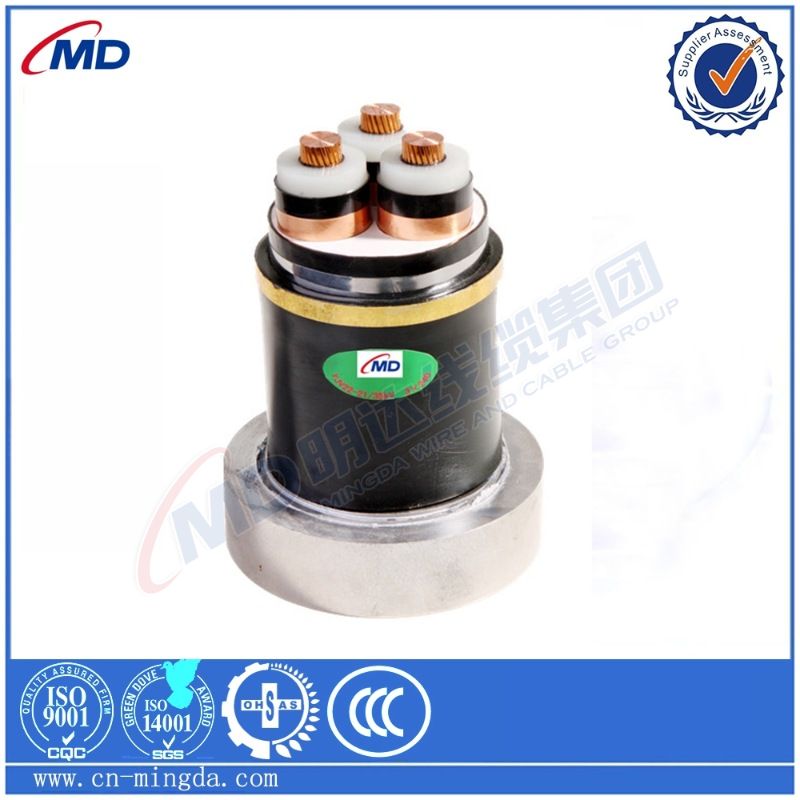កញ្ញា . 26, 2024 03:44 Back to list
Understanding Control Valves and Their Impact on Fluid Dynamics and System Efficiency
Understanding Control Valves Essential Components in Fluid Mechanics
Control valves are critical devices in various industries, playing a vital role in managing fluid flow within systems. These valves are designed to regulate the flow rate, pressure, temperature, and level of fluids, ensuring processes operate smoothly and efficiently. Without adequate control, numerous processes could face disruptions that might lead to inefficiencies, safety hazards, or significant financial losses.
A control valve typically consists of a valve body, an actuator, and a positioner. The valve body houses the flow control mechanism, such as a plug, ball, or butterfly. The actuator, often powered by pneumatic, hydraulic, or electric energy, operates the valve based on control signals from a system’s control unit. Meanwhile, the positioner ensures that the valve reaches the desired opening, providing accurate flow control. This combination of components improves the overall performance and accuracy of the system.
The primary function of a control valve is to modulate the flow based on specific requirements
. For instance, in a chemical processing plant, maintaining the correct flow rate of reactants is crucial for optimal product yield. The control valve adjusts the flow rate in response to feedback from sensors monitoring pressure or flow, enabling the system to react swiftly to any fluctuations.control valve

Moreover, control valves are essential for safety and compliance in various applications. In power plants, for instance, control valves manage steam and water flows essential for generating electricity. They also safeguard against potential dangers such as overpressure, ensuring the integrity of piping systems. By rapidly shutting off flow during emergency situations, control valves act as a first line of defense, protecting not only equipment but also personnel.
Control valves come in several types, including globe valves, ball valves, and diaphragm valves, each suited to different applications. Globe valves are often used for throttling purposes, offering precise control over flow. Ball valves, with their quick-opening design, are ideal for on/off applications. Diaphragm valves are typically found in applications involving corrosive fluids or slurries, as their design helps prevent leakage.
Selecting the right control valve requires understanding the specific needs of the application, including the type of fluid, pressure requirements, and temperature conditions. Additionally, considerations regarding actuator type, control signals, and required features—such as fail-safe modes or position feedback—are all part of the decision-making process.
In conclusion, control valves are indispensable to modern engineering and industrial processes. They enhance efficiency, ensure safety, and improve the reliability of fluid management systems. As industries continue to evolve and demand greater efficiency, the role of control valves in achieving these goals will only become more significant. Understanding their operation, selection criteria, and applications can help engineers and operators make informed choices that enhance system performance and safety.
Share
-
Reliable Wafer Type Butterfly Valves for Every IndustryNewsJul.25,2025
-
Reliable Flow Control Begins with the Right Ball Check ValveNewsJul.25,2025
-
Precision Flow Control Starts with Quality ValvesNewsJul.25,2025
-
Industrial Flow Control ReliabilityNewsJul.25,2025
-
Engineered for Efficiency Gate Valves That Power Industrial PerformanceNewsJul.25,2025
-
Empowering Infrastructure Through Quality ManufacturingNewsJul.25,2025